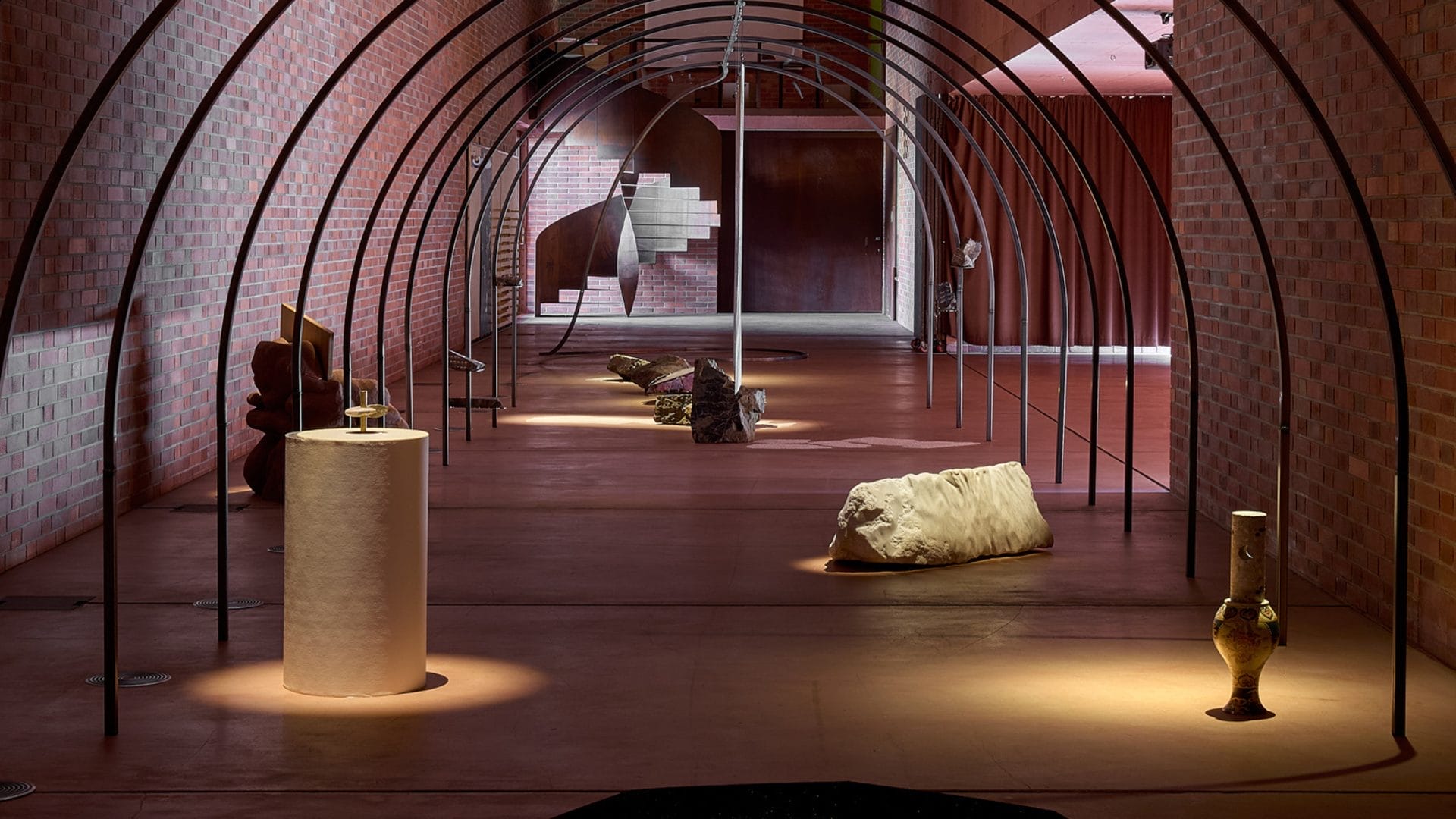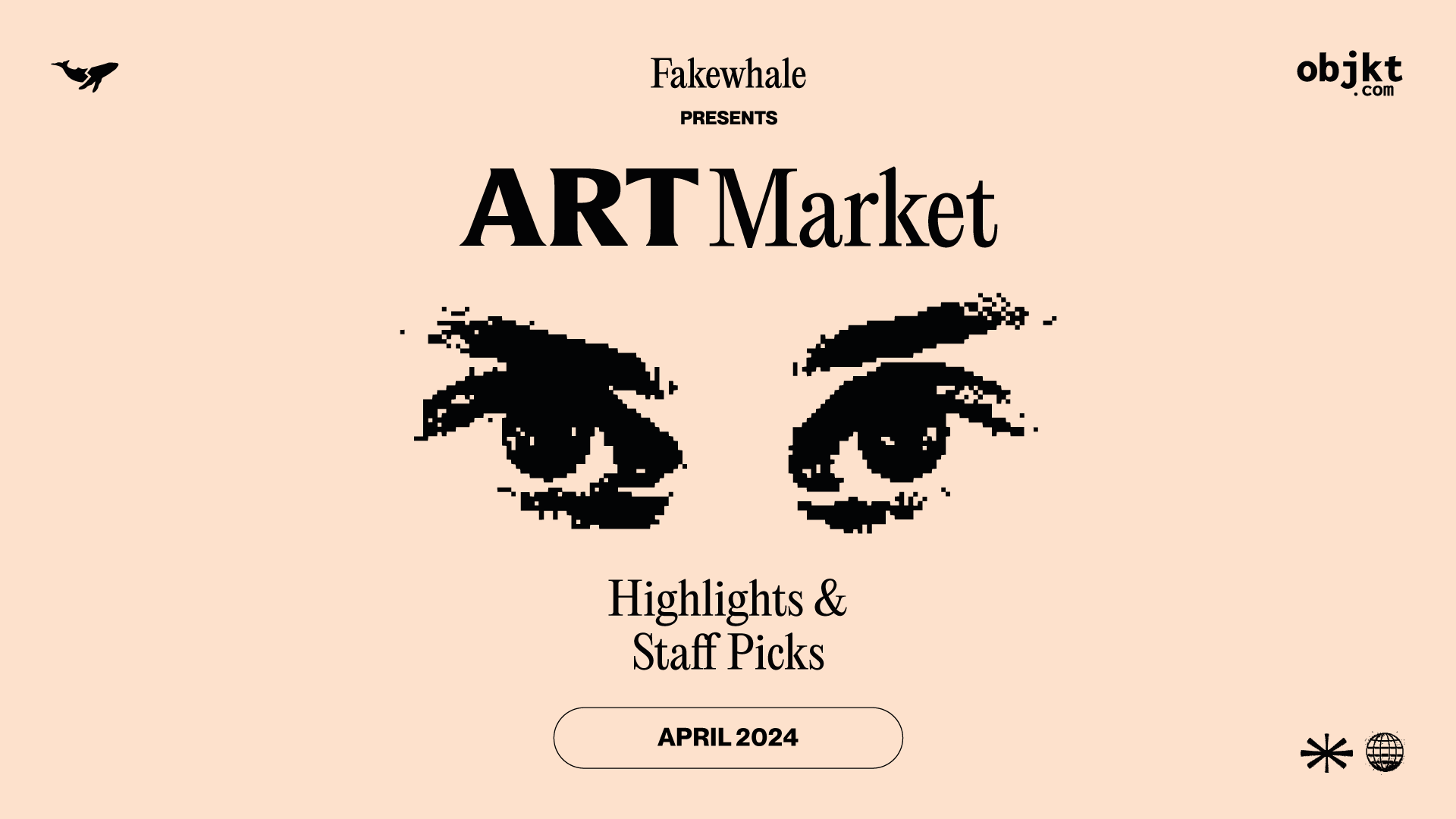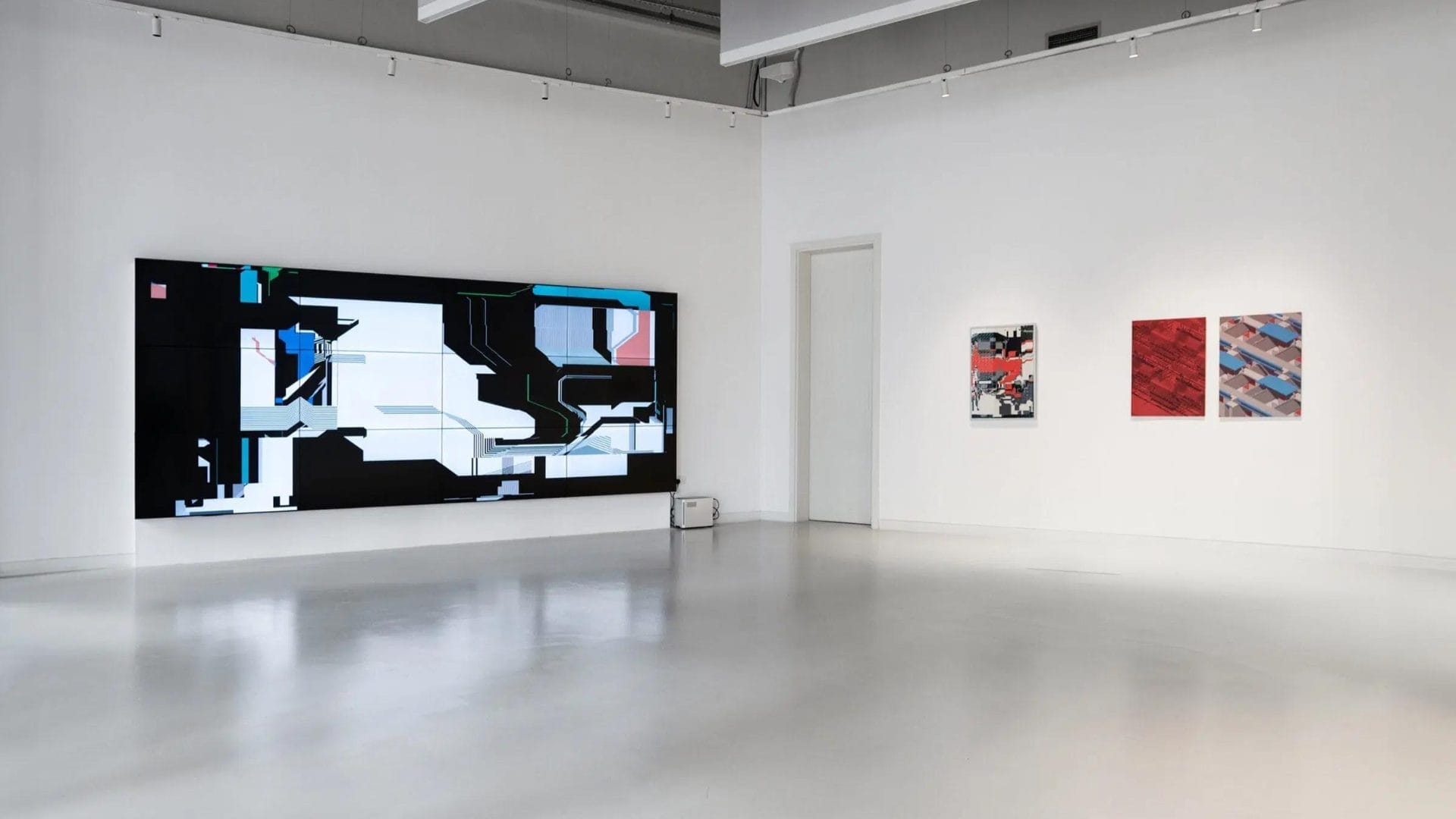
Still Making Art Volume Seven, Curated by Aaron McLaughlin at Arti et Amicitiae, Amsterdam
Still Making Art Volume Seven at Arti et Amicitiae, Amsterdam, curated by Aaron McLaughlin, is a multifaceted exhibition that invites viewers to engage with the intricate and ever-evolving terrain of the artists’ work and their practices, which primarily focus on object/sculpture arranged within the space.
The show assembles works by a diverse group of artists, each of whom acts as a modern-day cartographer, charting the nebulous waters of what can be termed the “cultural deluge” a relentless flood of information and imagery that defines our current era.
The gallery setting itself complements the exhibition’s thematic concerns. Arti et Amicitiae, with its historic yet versatile space, serves as an apt backdrop for this exploration. The works are carefully arranged to encourage dialogue, not just between the pieces themselves but also between the viewer and the broader cultural phenomena the artists are addressing. The atmosphere is one of thoughtful engagement, where each artwork is a point on a map, contributing to a larger narrative about the state of art and culture today.
The exhibition’s narrative unfolds through a variety of mediums and approaches. For instance, Sara Yukiko, Monica Mays, and Susan Kooi delve into the archival, repurposing images, artifacts, and processes to comment on the ways in which the past informs the present. Their works evoke a sense of continuity and reflection, suggesting that our cultural heritage, much like ancient maps, is a blend of fact and myth, truth and interpretation.

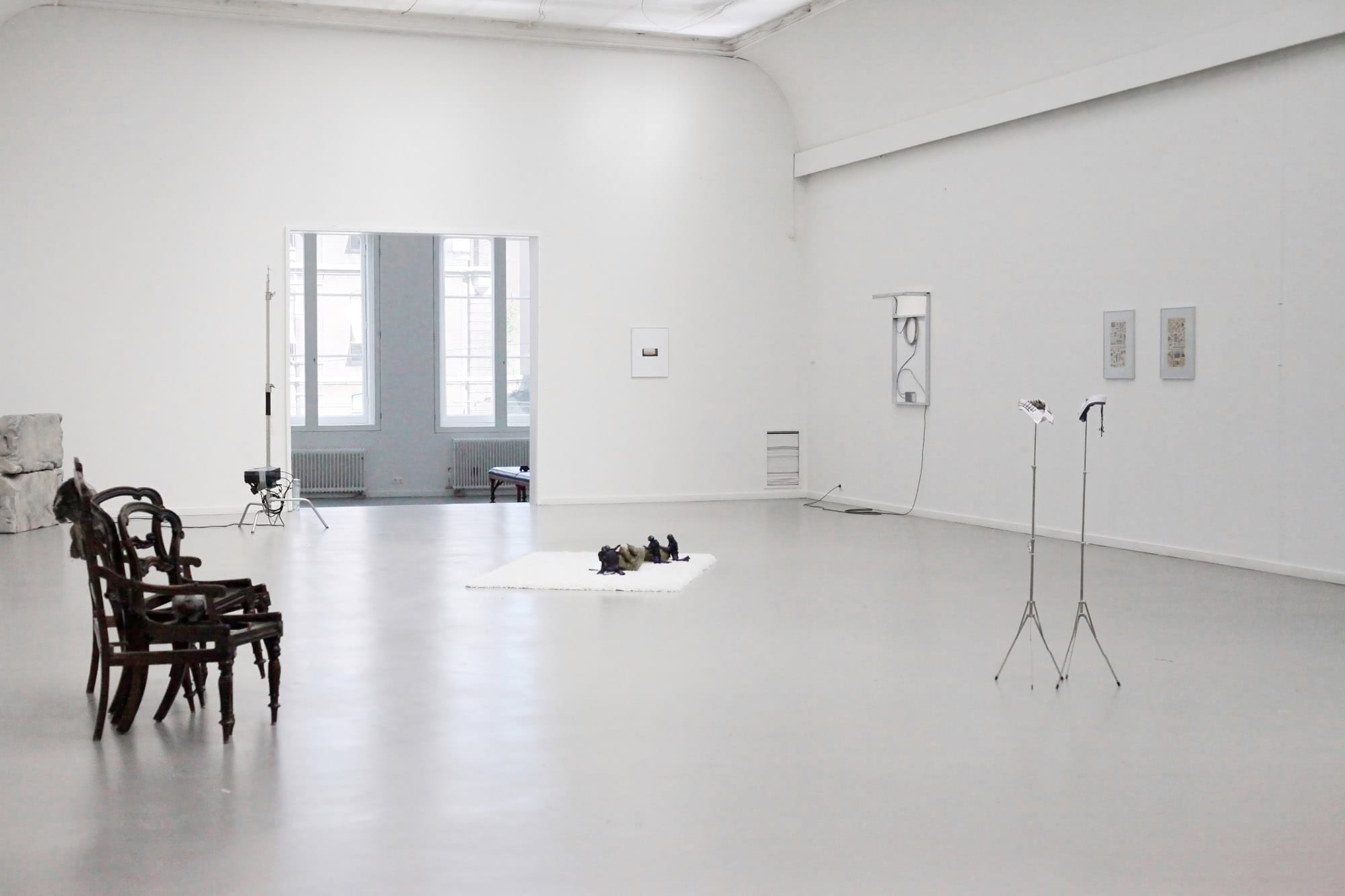
In contrast, artists like Janne Schimmel and Philip Ullman employ digital methodologies—gaming, AI, and 3D printing—to create works that interrogate the present and speculate on the future. These pieces resonate with the exhibition’s metaphor of the cultural cartographer, as they navigate the complex landscape of digital innovation, questioning how these tools shape our understanding of reality and influence the way we chart our collective experiences.
Chloe Ribadeau Dumas, with Let the Snow Fall (2021), transforms an ordinary trash bin into a work of art that invites reflection. The piece, which also functions as an ashtray, features a sand surface carefully arranged with cigarette butts, chewing gum, and other small waste items. The sand, meticulously raked into delicate patterns reminiscent of Zen gardens, creates a striking contrast between the idea of tranquility and the intrusion of everyday waste. This work not only prompts contemplation on the ephemeral nature of consumption and garbage but also on how moments of calm and reflection can be disturbed by the tangible remnants of our modern lives.


Monica Mays, on the other hand, presents It’s My Party (2023), a piece that reflects on the materiality and temporality of objects. Mays combines found wooden chairs, assembling them into a sort of distorted sculpture and decorating them with fur and soccer balls. The work suggests a dialogue between utility and obsolescence, as these chairs, once functional, are now transformed into an object of contemplation, stripped of their original purpose. The additions of fur and soccer balls introduce an element of playfulness and decay, alluding to themes of the passage of time and transformation. The choice of materials and their manipulation challenge the life cycle of objects and how they can accumulate or lose meaning over time.
Theoretical and conceptual approaches are also prominent in the works of Tom K Kemp and Valérian Goalec. Their pieces act as intellectual compasses, guiding the viewer through abstract concepts and philosophical inquiries. These works suggest that in the face of overwhelming information, there is still room for deep contemplation and critical thought, a reminder that the act of mapping, whether of the physical or metaphysical world, is as much about what is left unexplored as what is documented.
As we compare these works to the artists’ previous practices, it becomes evident that each has maintained a core interest in exploring and expanding the boundaries of their chosen mediums. However, within the context of “Still Making Art Volume Seven”, there is a noticeable shift towards a more collaborative and interdisciplinary approach, reflecting the interconnectedness of our cultural landscape. The exhibition underscores the idea that in the age of cultural deluge, the role of the artist has evolved from that of a solitary creator to that of a navigator, one who must constantly adapt and respond to an ever-changing environment.
Still Making Art Volume Seven, is a cultural map in itself, charting the complex and often chaotic terrain of contemporary art and thought. The artists, each with their distinct methodologies, come together to offer a decentralized and multifaceted perspective on the world we inhabit. As we leave the gallery, we are reminded that the process of mapping—be it through art or any other medium, is never complete. It is an ongoing journey of discovery, one that requires both the artist and the viewer to remain open to new interpretations and possibilities.
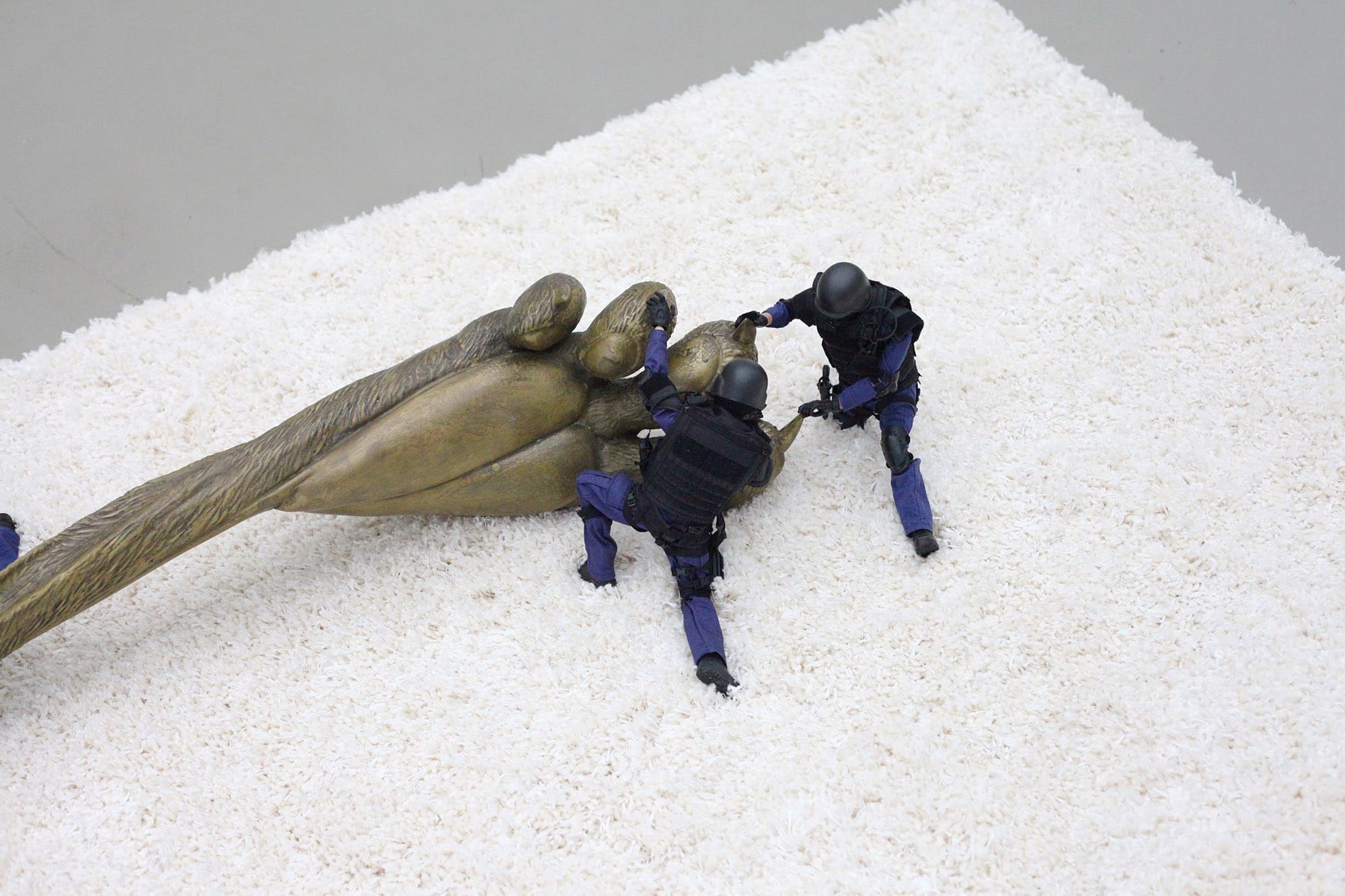

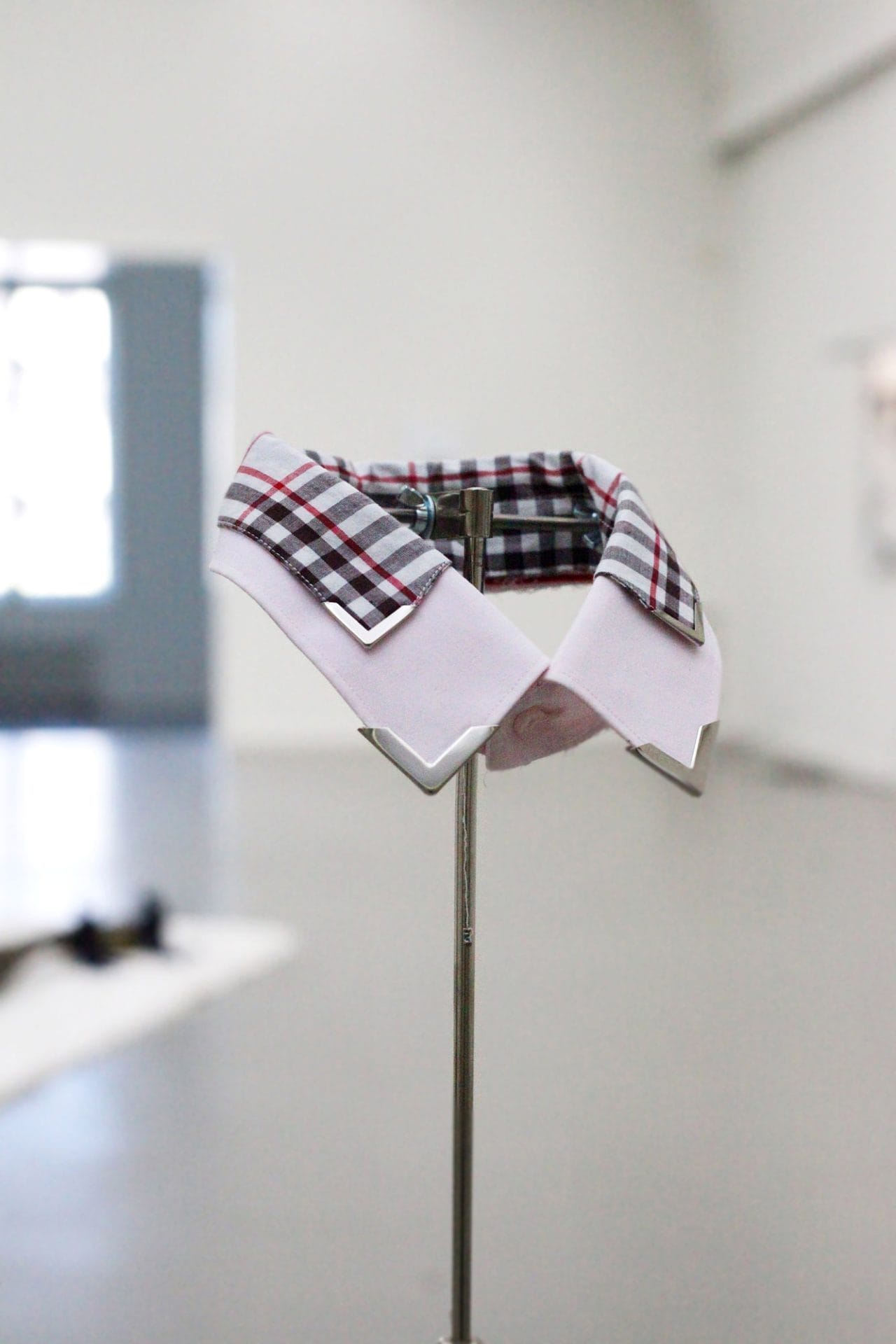
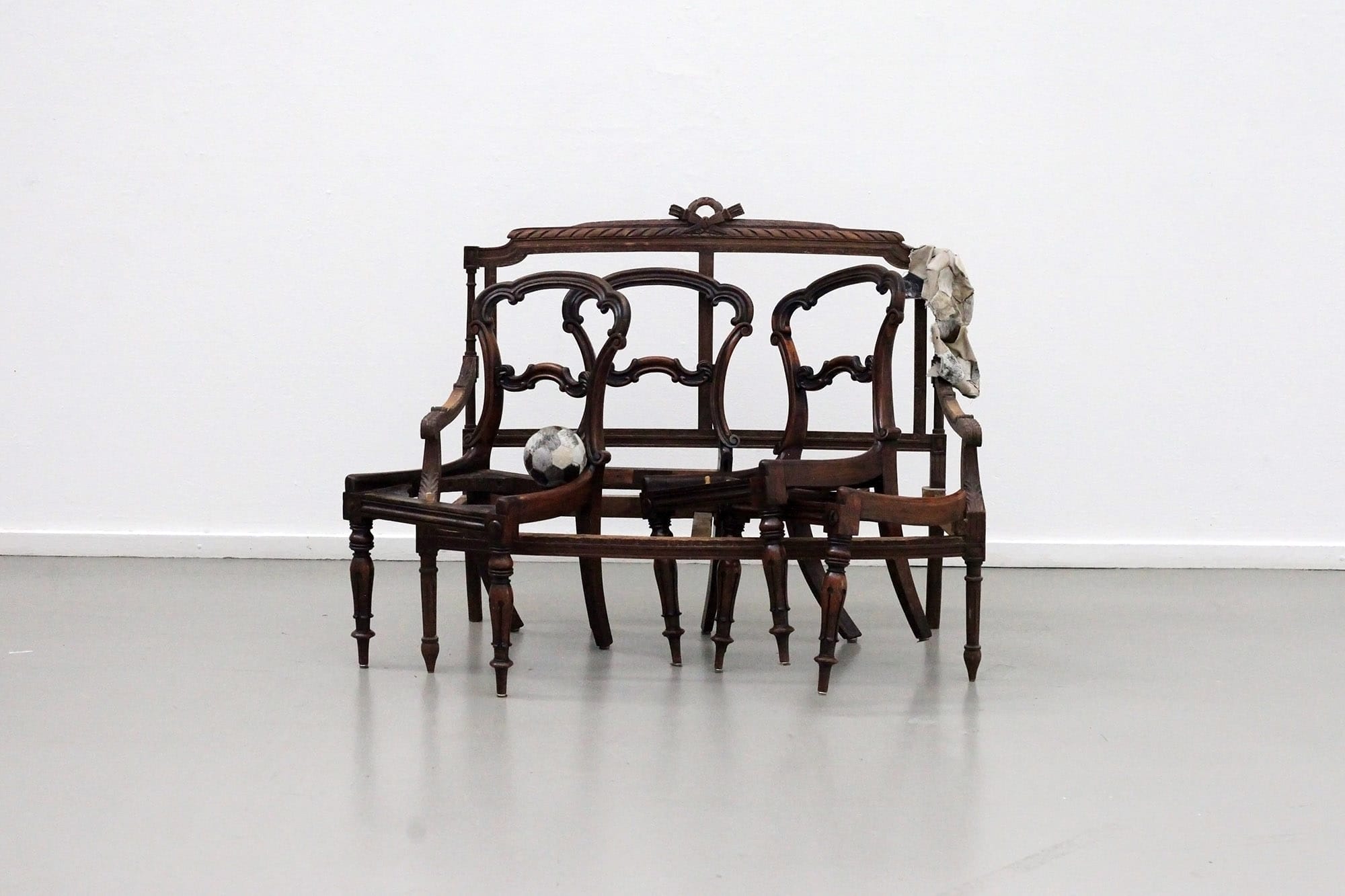




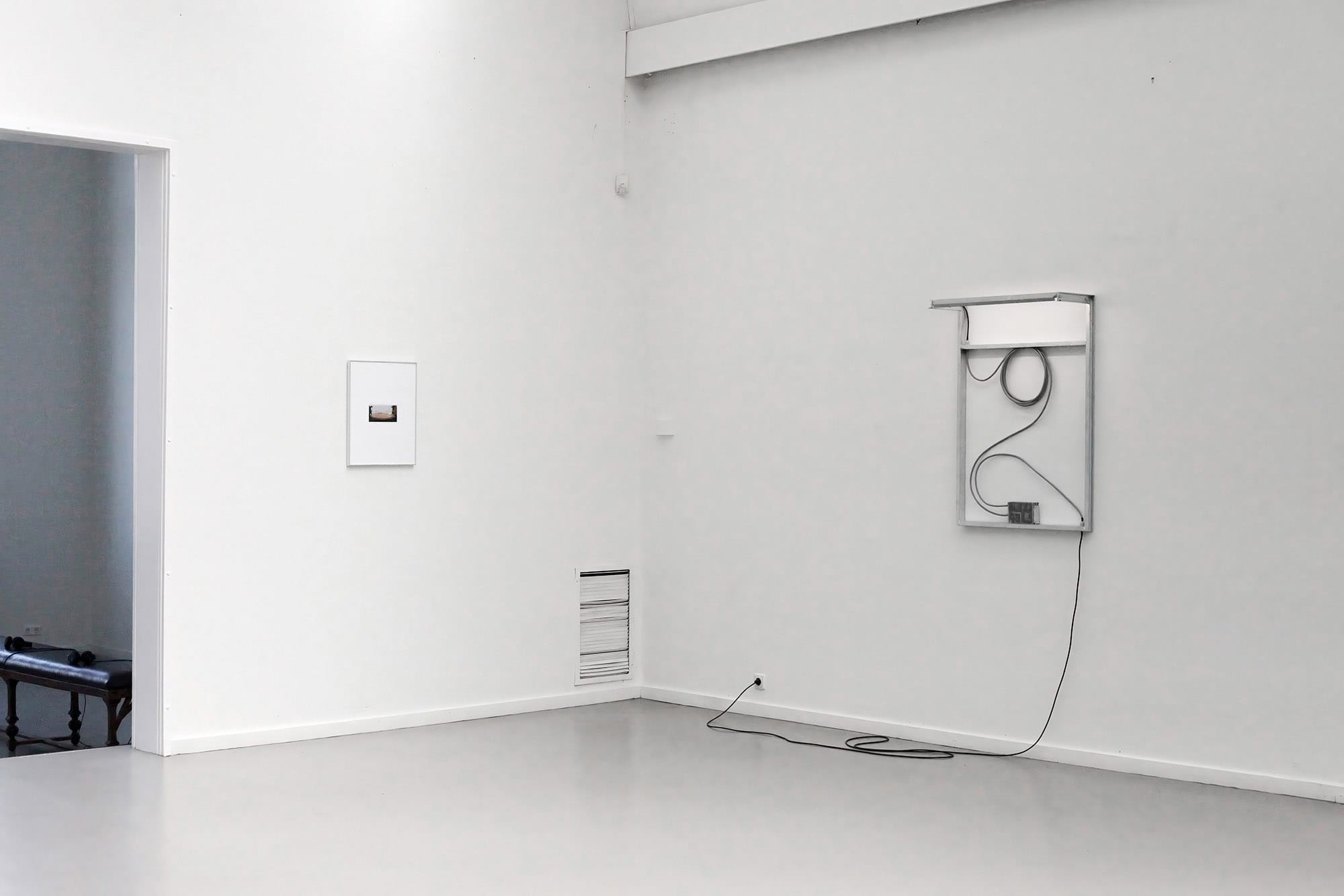

fakewhale
Founded in 2021, Fakewhale advocates the digital art market's evolution. Viewing NFT technology as a container for art, and leveraging the expansive scope of digital culture, Fakewhale strives to shape a new ecosystem in which art and technology become the starting point, rather than the final destination.
You may also like
III: Bodies of Dust at GAMPA / City Gallery Pardubice, Pardubice
III: Bodies of Dust by Jenny Ȧkerlund, Jindřiška Jabůrková, Noa Kurnick, David Střeleček, Ane
ART MARKET April 2024: Highlights & Staff Picks
ART MARKET, Fakewhale Gallery’s ongoing, on-chain exhibition on objkt.com, continues to affirm
Fakewhale Presents AGH1: An AGH Collective Exhibition
How does the digital transformation of our environment mirror the evolution of our own existence? An

